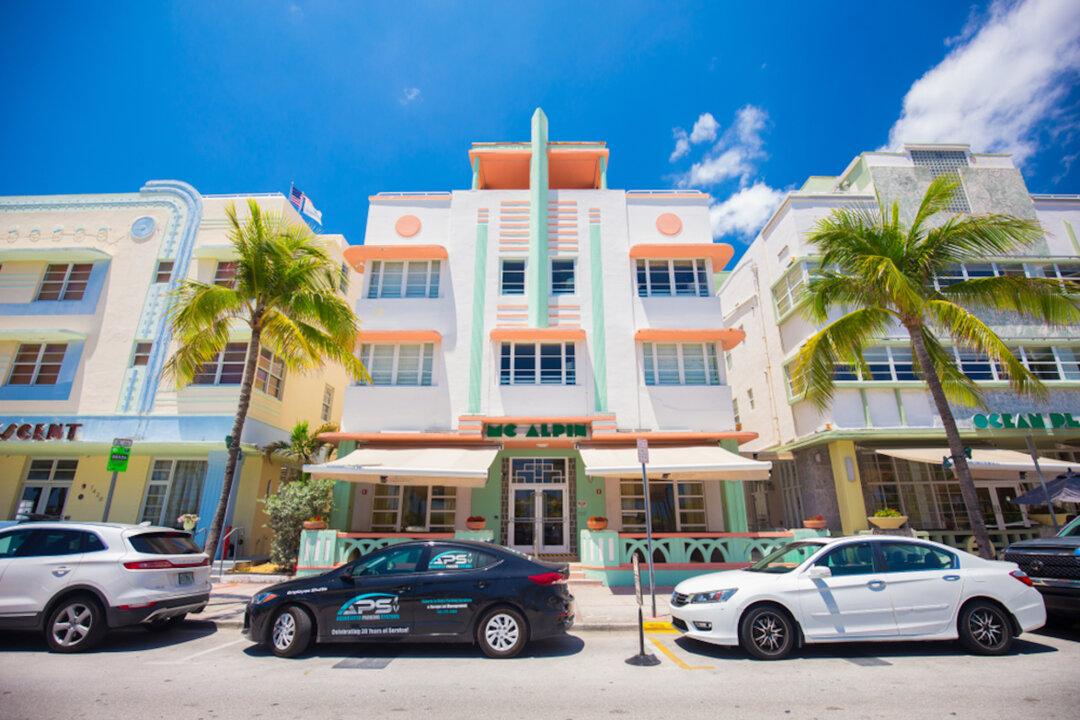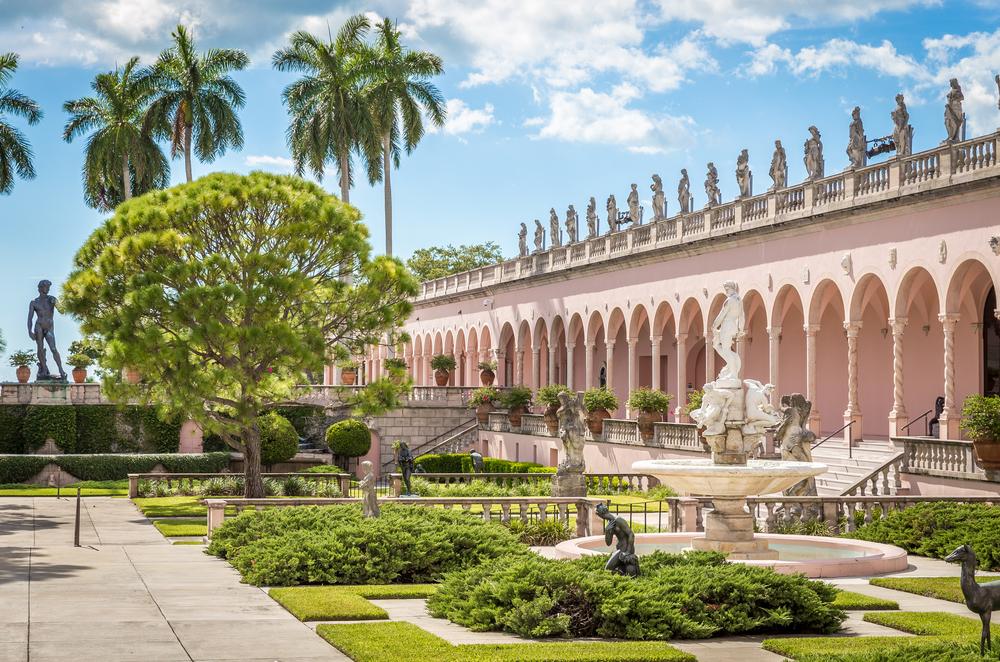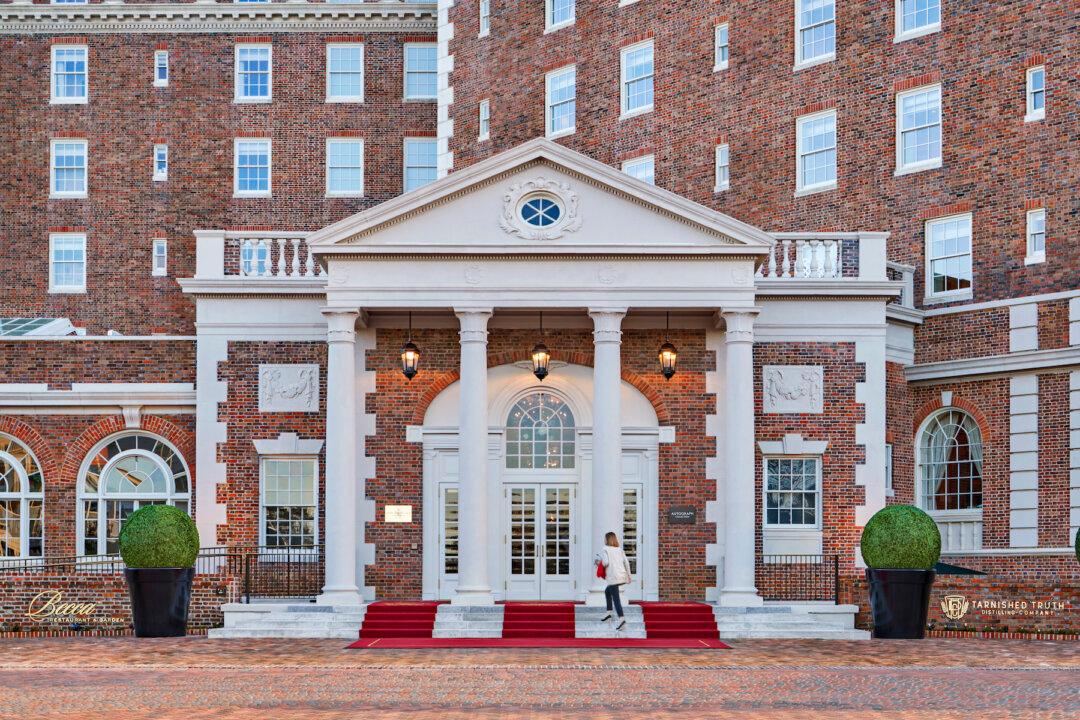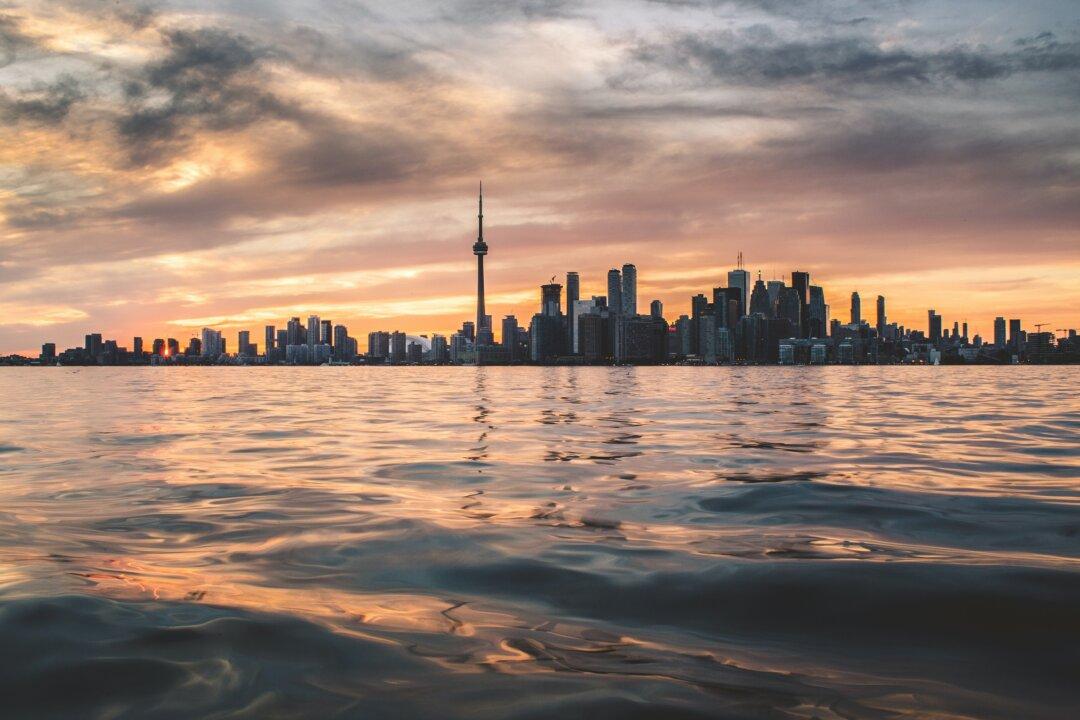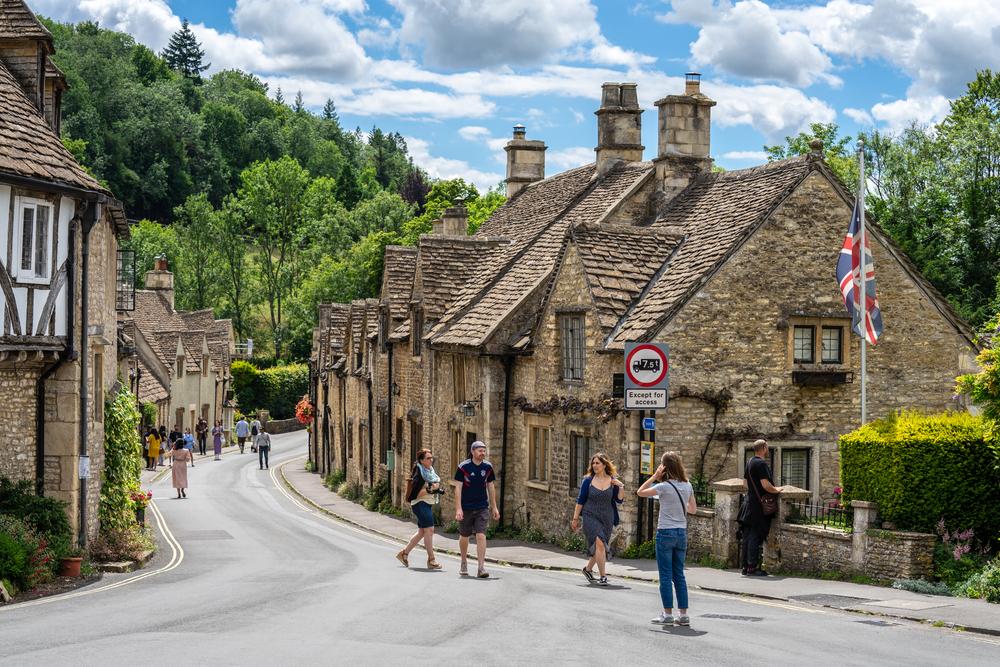Miami has become one of the country’s best destinations for design.
To be clear, the correct geographic nomenclature for what everyone, including this columnist, calls Miami is actually Greater Miami as Miami Beach and Miami, linked by causeways across Biscayne Bay, are actually separate cities.

